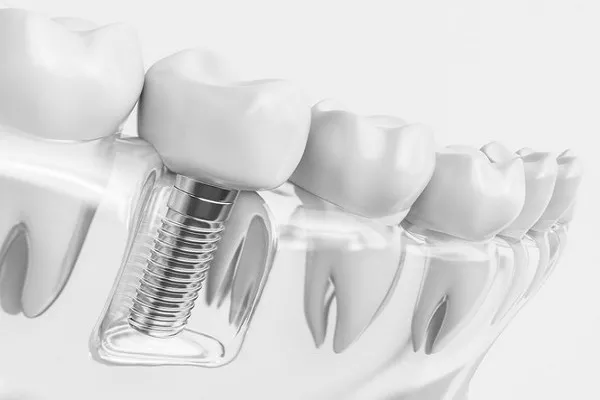After undergoing dental implant surgery, your dentist will install a component called a dental implant abutment. This is the part that connects to the artificial tooth, also known as the crown. It is typically made of metal or ceramic and can be placed on top of the implant to restore the form and function of your tooth. In the following article, we will take a closer look at what a dental implant abutment looks like and its components.
Shape and size
Dental implant abutments come in different shapes and sizes, depending on the needs of the patient. They can be tapered, straight, angled, or custom-made to fit the contour of the mouth.
Materials
Abutments can be made of different materials, such as titanium, zirconia, or a combination of metal and ceramic. The choice of material depends on the location of the implant, the patient’s preference, and the type of prosthesis that will be used.
Connection
Abutments can be connected to implants using different mechanisms, such as a screw, a cement, or a friction fit. The type of connection will depend on the design of the implant and the preference of the dentist.
Design
Abutments can be designed to accommodate different types of prostheses, such as single crowns, bridges, or dentures. They can also be customized to match the natural teeth in color, shape, and size.
Surface texture
The surface of the abutment can be smooth or rough, depending on the type of implant and the healing process. Rough surfaces can promote faster integration with the surrounding bone, while smooth surfaces can prevent bacterial growth and make it easier to clean.
Height
The height of the abutment can vary depending on the depth of the implant and the desired position of the prosthesis. It can be adjusted to ensure optimal aesthetics and function.
In summary, a dental implant abutment is an essential component of the implant restoration process. It comes in different shapes, sizes, materials, and designs to fit the needs of each patient. By working closely with your dentist, you can choose the right abutment to achieve the best possible outcome for your dental implant surgery.
































